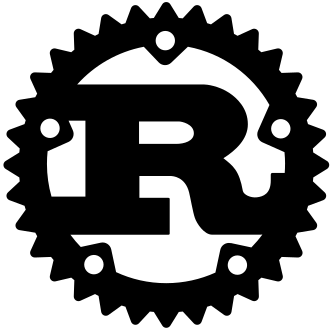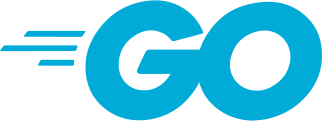This is the programming language you should learn: Ruby!

"The Ruby programming language is "A dynamic, open source programming language with a focus on simplicity and productivity. It has an elegant syntax that is natural to read and easy to write." - ruby-lang.org
This is the programming language you should learn: Javascript!
Javascript "is a programming language that conforms to the ECMAScript specification.[10] JavaScript is high-level, often just-in-time compiled and multi-paradigm. It has dynamic typing, prototype-based object-orientation and first-class functions. - Wikipedia
This is the programming language you should learn: Rust!

"Rust is a multi-paradigm, high-level, general-purpose programming language designed for performance and safety, especially safe concurrency. Rust is syntactically similar to C++, but can guarantee memory safety by using a borrow checker to validate references. Rust achieves memory safety without garbage collection, and reference counting is optional." - ruby-lang.org
This is the programming language you should learn: Go!

"Go is a statically typed, compiled programming language designed at Google by Robert Griesemer, Rob Pike, and Ken Thompson.
Go is syntactically similar to C, but with memory safety, garbage collection, structural typing, and CSP-style concurrency.
The language is often referred to as Golang because of its domain name, golang.org, but the proper name is Go."
- Wikipedia
This is the programming language you should learn: Python!

"Python is an interpreted high-level general-purpose programming language. Its design philosophy emphasizes code readability
with its use of significant indentation. Its language constructs as well as its object-oriented approach aim to help programmers
write clear, logical code for small and large-scale projects.
Python is dynamically-typed and garbage-collected. It supports multiple programming paradigms, including structured (particularly, procedural),
object-oriented and functional programming. It is often described as a "batteries included" language due to its comprehensive standard library.
Guido van Rossum began working on Python in the late 1980s, as a successor to the ABC programming language, and first released it in 1991 as Python 0.9.0.
Python 2.0 was released in 2000 and introduced new features, such as list comprehensions and a garbage collection system using reference counting.
Python 3.0 was released in 2008 and was a major revision of the language that is not completely backward-compatible. Python 2 was discontinued with version 2.7.18 in 2020."
- Wikipedia